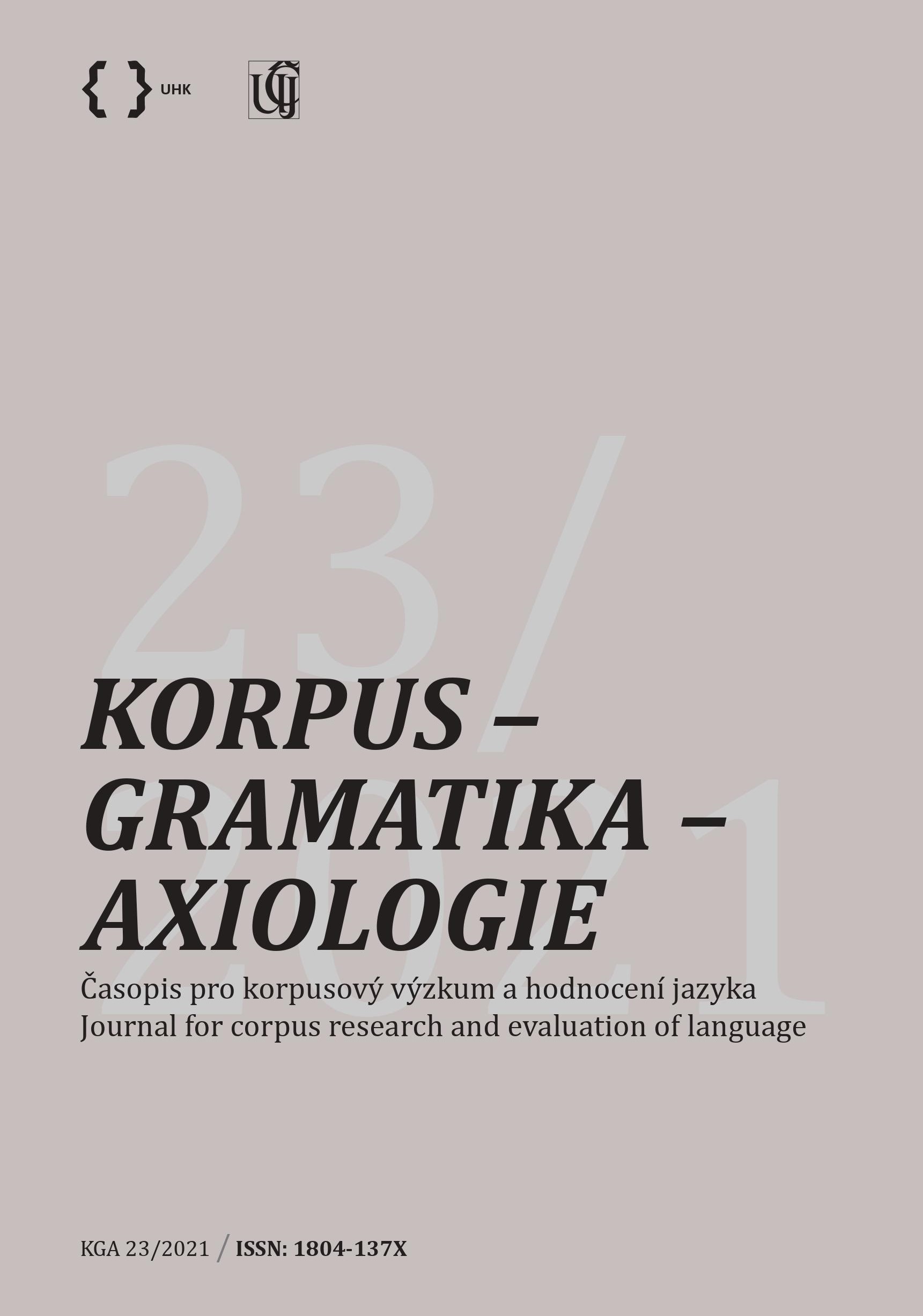Diachronic dynamics of a stem-derivational aspect system:
how cluster analysis helps discover patterns
Diachronic dynamics of a stem-derivational aspect system: how cluster analysis helps discover patterns
Author(s): Björn Wiemer, Joanna Wrzesień-Kwiatkowska, Szymon Wrzesień-KwiatkowskiSubject(s): Western Slavic Languages
Published by: AV ČR - Akademie věd České republiky - Ústav pro jazyk český
Keywords: Czech; aspect triplets; cluster analysis; frequency changes; diachronic semantics; diachronic morphology
Summary/Abstract: Starting from the assumption that the Slavic aspect (perfective : imperfective) opposition builds on stem derivation, we investigate changes in the inventory of so-called aspect triplets in Czech since 1750. Triplets arise from aspect pairs consisting of an imperfective simplex stem and its perfective derivative whose prefix overlaps in meaning with a semantic component of the simplex (Natural Perfectives; Janda et al. 2013). If such pairs acquire another imperfective stem via suffixation, aspect triplets result (e.g., dělit ⇒ roz‑dělit ⇒ rozděl‑ova‑t ‘separate’). Many triplets “survive”, but they do not form a homogeneous class w.r.t. some parameters. Based on a database for the period 1750‒2017, we explore frequency-based patterns in the formation and persistence of Czech aspect triplets; these patterns are established for six subperiods by employing time series clustering with non-Euclidean distance measures. We then inquire how consistently such patterns are associated with their “age” and part-of-speech provenance. Moreover, the obtained clusters provide a starting point for case studies of selected typical representatives that examine changes in lexical semantics, collocations, and argument coding.
Journal: Korpus - gramatika - axiologie
- Issue Year: 2021
- Issue No: 23
- Page Range: 47-86
- Page Count: 40
- Language: English

